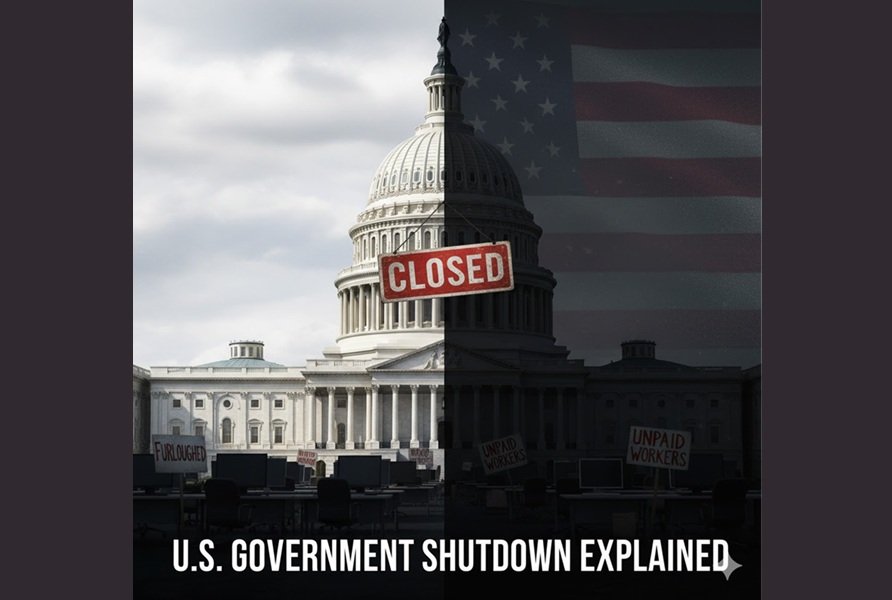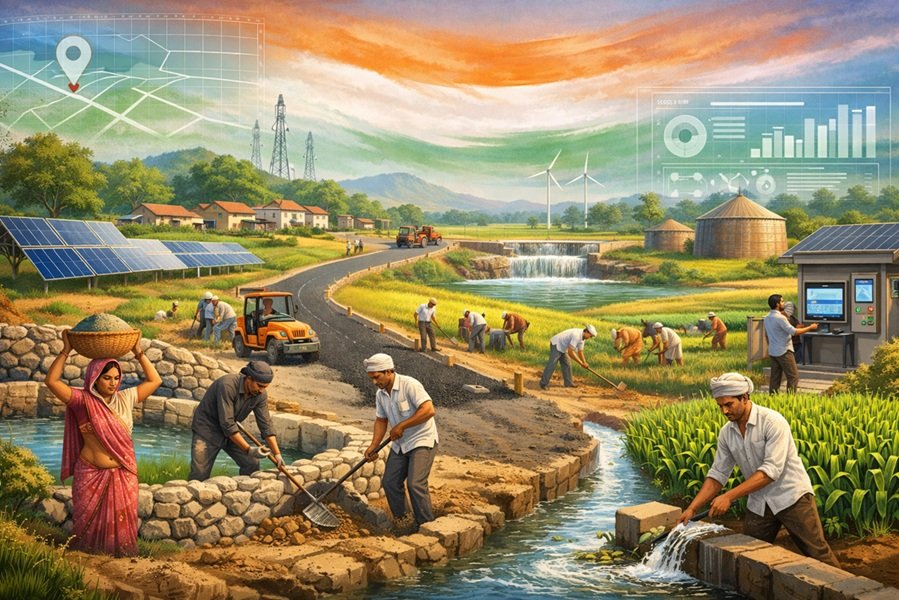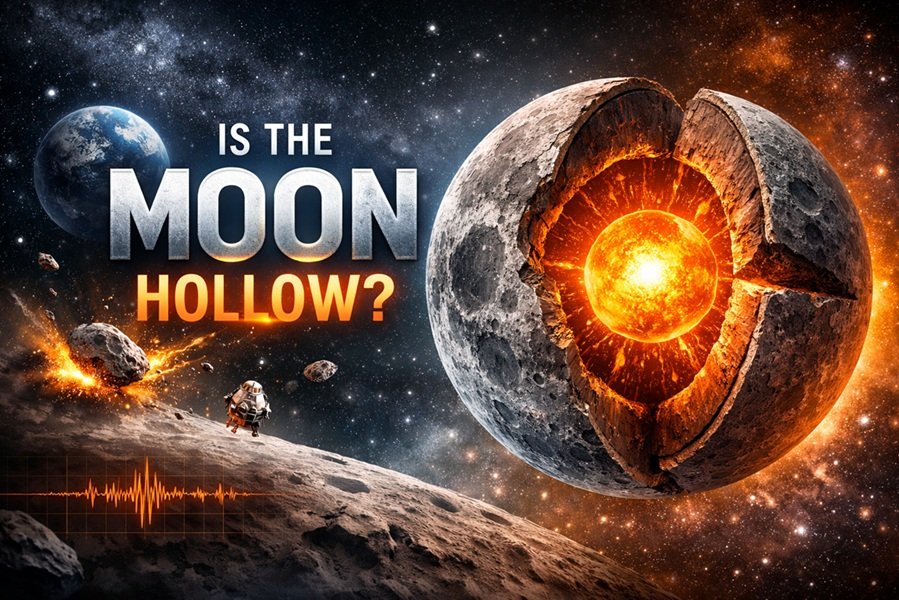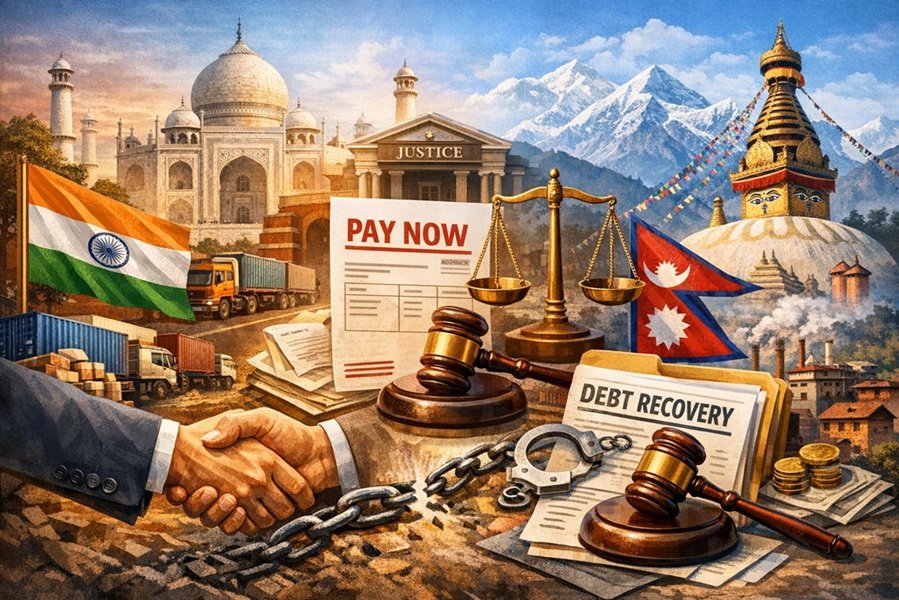
When Americans hear the term “government shutdown,” it often sparks confusion, frustration, and political debate. But behind the headlines and political blame games lies a structured legal and financial process that temporarily halts the heartbeat of the world’s largest democracy. To truly understand what a U.S. government shutdown means, we need to explore its roots, mechanics, and impact on everyday lives.
What Is a U.S. Government Shutdown?
A government shutdown happens when the United States Congress fails to pass funding laws (appropriations bills) needed to keep federal agencies operating. Every year, the U.S. fiscal calendar begins on October 1. If lawmakers cannot agree on a federal budget—or even a short-term stopgap called a continuing resolution—many government functions must legally stop or slow down.
This halt is not symbolic—it’s mandated by the Antideficiency Act, a federal law that prohibits agencies from spending money that Congress hasn’t authorized. Without legal funding, government departments cannot pay employees, operate normal programs, or even answer public inquiries, except for emergency or “essential” services.
How a Shutdown Happens: The Chain Reaction
- Budget Disagreements Begin – Congress and the President propose differing budget plans. These plans reflect political priorities—spending on defense, social welfare, healthcare, or climate policies.
- Appropriations Bills Stall – There are 12 major funding bills that must pass to finance the government. If one or more fail, agencies tied to them lose access to new funds.
- No Temporary Fix – If lawmakers can’t agree on a short-term funding measure, agencies legally run out of money at midnight on September 30.
- Shutdown Begins – Federal agencies activate their “shutdown contingency plans.” Workers are divided into two groups:
- Essential (Excepted) Employees: Must continue working to protect life and property (like air traffic controllers, border patrol, or military).
- Non-Essential (Furloughed) Employees: Sent home without pay until funding resumes.
- Public Services Slow Down – Museums, national parks, passport offices, and many administrative services shut their doors. Loan processing, research projects, and public programs are paused.
The Political Engine Behind a Shutdown
A government shutdown rarely occurs by accident—it’s a political standoff. Often, one party uses the threat of a shutdown to gain leverage over spending priorities or controversial policy issues. For example:
- Spending Limits: Disputes over how much to invest in defense versus social programs.
- Policy Riders: Attempts to attach ideological conditions—like changes in immigration or healthcare—to budget bills.
- Debt and Deficit Fears: Lawmakers arguing over national debt ceilings or deficit control.
- Political Theater: At times, a shutdown becomes a public strategy to show “fiscal toughness” or to assign blame to the opposition.
In reality, shutdowns reveal the fractures within American governance—a tug-of-war between fiscal responsibility, political ideology, and public accountability.
What Happens During a Shutdown?
During a shutdown, federal activity doesn’t completely disappear—it shrinks and prioritizes.
Here’s how it plays out across sectors:
- Air Travel: Air traffic controllers and TSA agents continue working but without pay until the shutdown ends.
- Healthcare: Hospitals under Veterans Affairs and emergency medical services remain open, but new research grants or program approvals freeze.
- National Parks: Many parks close, leading to losses in tourism revenue.
- Federal Employees: Millions are either furloughed or work unpaid, creating financial strain for families.
- Public Services: Services like passport applications, business permits, and IRS processing slow down or stop altogether.
When funding is finally restored, all employees are paid retroactively—but the disruption to public trust and productivity can take months to recover.
Historical Glimpses of U.S. Shutdowns
Government shutdowns are not new. The U.S. has experienced over 20 shutdowns since 1976, though most were brief. The most significant ones include:
- 1995–1996 (Clinton Era): A 21-day shutdown over Medicare, education, and public health spending.
- 2013 (Obama Era): A 16-day standoff triggered by disputes over the Affordable Care Act (“Obamacare”).
- 2018–2019 (Trump Era): The longest in history, lasting 35 days, over funding for a U.S.–Mexico border wall.
Each event carries political costs—dropped approval ratings, damaged credibility, and billions of dollars lost in economic output.
Economic Impact: The Ripple Effect
Even a short shutdown can be economically costly. The Congressional Budget Office (CBO) estimated that the 2018–2019 shutdown cost the U.S. economy $11 billion, with $3 billion permanently lost.
Impacts include:
- Stock market fluctuations
- Delayed federal contracts
- Reduced consumer confidence
- Tourism losses in national parks and cities
- Strain on small businesses dependent on government customers
In essence, shutdowns don’t just affect bureaucrats—they affect the economy’s rhythm and citizens’ daily lives.
The Human Side: Silent Sufferers
Behind statistics are people—federal employees, contractors, small business owners, and citizens who rely on government services.
Imagine an air traffic controller working 12-hour shifts without pay, or a family waiting for an IRS refund to afford rent.
A shutdown is not just political—it’s deeply personal.
The 2025 Context: Political Gridlock and Fiscal Uncertainty
As of 2025, tensions between congressional factions over spending caps, border security, and social funding once again pushed the U.S. government toward a funding lapse. The debate reflects the broader polarization in American politics: one side demanding budget restraint and another urging investment in domestic programs.
Although short-term funding measures can temporarily reopen the government, experts warn that repeated shutdown threats weaken global confidence in U.S. governance and economic stability.
The Way Forward: Breaking the Cycle
Preventing future shutdowns requires more than last-minute deals—it demands reform in the budgeting process. Some proposed solutions include:
- Automatic continuing resolutions that prevent a lapse in funding.
- Bipartisan budget agreements set over multiple years.
- Public transparency in appropriations debates to reduce blame politics.
Until such reforms take hold, shutdowns may remain a recurring feature of American democracy—an expensive reminder of how political division can disrupt national function.
Conclusion
A U.S. government shutdown is not simply about politics—it’s about how a democratic system manages conflict over money and priorities. It exposes the friction between vision and governance, and between ideology and practicality. While the shutdowns eventually end, their echoes—financial, emotional, and political—linger long after the lights in Washington are turned back on.







